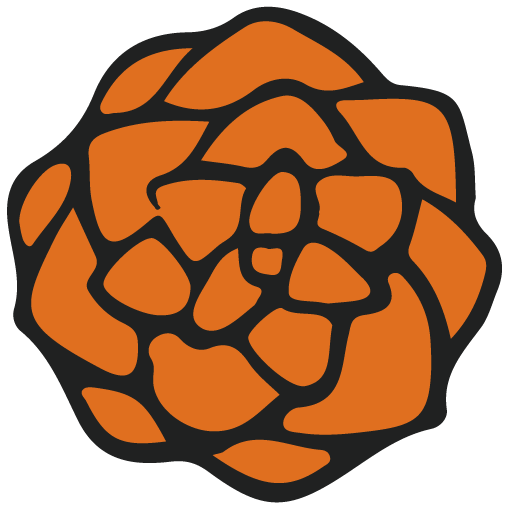Questa’s first homes were made in a U shape. That way when the Indians came to attack
them, they closed the gates in the plazuela after they had gathered their animals. In the plazuela all my uncles, aunts, and grandparents lived. The well was in the middle of the yard. My mother Esther and tia Adonaisa didn’t have doors to the inside of the plaza so they built a door from our living quarters to tia’s. While my dad J.P. and tio Enrieques were at the sheep camp, they built a door from our house to theirs.
The houses didn’t have cement. They were done with mud in the summer. When there was plastering to be done, all the neighbors gathered to help. Mud was mixed with straw and the plaster lasted a long time. Then late October or early November they would go over it with aliz, dirt that was brought from the Red River Canyon near the present Forest Service. They would bring tubs full of it and soak it overnight. Then the next morning, a “solella,” a piece of sheep skin, was used to smooth it over the walls. It was an ivory color. The Church and all the houses were that color. All of the houses looked real nice. That kept them nice all winter. Even the Church was done like that. It was a big task.
We planted cedar trees to mark the property lines, and rocks were put at the corners of the the property.
The ceilings inside the houses were covered with muslin. They would stretch and nail it
with tacks. That was a chore. The inside walls were done with Kalsomine. It was put on the wall with a sheep skin that had been soaked and was very clean. They would make a border with white and the rest of the wall would be pink, blue, green, yellow, etc.; the homes always looked very clean. They didn’t have carpet but they made rugs from rags like weaving a blanket and lay them on the floor. They were called “hergas.”
At night people would gather together in different homes to work with wool for making blankets and to peel apples, slice them, and put them to dry. They didn’t work for money, they helped each other. In Spanish, they say “a gonar penas.” They would cut their wheat and corn with a small sickle. To thrash their wheat they would go round and round using goats instead of horses. When there was plastering to be done, all the neighbors gathered to help. Mud was mixed with straw and the plaster lasted a long time.
